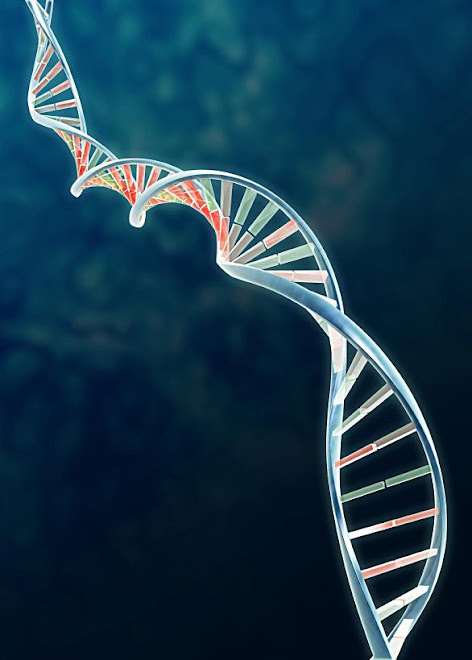In a series of articles, we'll start with the very basics of DNA sequencing, and build our way up to the techniques that were used to complete the human genome. From there, we'll spend time on the current crop of "next-generation" sequencing hardware, before going on to examine some of the more exotic things that may be coming down the pipeline within the next few years is one of the Advantages of dna sequencing.
Genotyping specific genetic markers (loci), has become a standard of many population and pharamacogenomic studies. Typically, this is accomplished using variable number tandem repeats (VNTR), short tandem repeats (STR), restriction fragment length polymorphism (RFLP, and single nucleotide Advantages of dna sequencing (SNP). Each of these methods of identification has its strengths and weaknesses. The two methods that we have found extremely helpful to the scientific community, largely based on cost, informativeness and automatability are STR and SNP testing.
Generated light is detected and recorded by a detector system in the form of a peak signal, which reflects the activity of all four enzymes in the reaction in Advantages of dna sequencing.The vertical electrophoresis apparatus is assembled by clamping the top and bottom buffer wells onto the gel, and adding running buffer to the buffer chambers. The wells are cleaned by circulating buffer into the wells with a syringe and, immediately prior to the loading of each sample, the urea in each well is suctioned out with a mouth pipette.
Next-generation sequencing has opened the door to genomic analysis of nonmodel organisms are Advantages of dna sequencing. Technologies generating long-sequence reads are increasingly used in evolutionary studies of nonmodel organisms. prediction using the test contigs was accurate across hundreds of millions of years of evolution. Our results demonstrate the considerable utility of short-read transcriptome sequencing for genomic studies of nonmodel organisms.
Advantages of DNA Sequencing
1. DNA sequencing information is important for planning the procedure and method of gene manipulation.
2. DNA sequencing is used for construction of restriction thermonuclear map.
3. It is used to find tandem repeats or inverted repeat for the possibility of hairpin formations.
Genotyping specific genetic markers (loci), has become a standard of many population and pharamacogenomic studies. Typically, this is accomplished using variable number tandem repeats (VNTR), short tandem repeats (STR), restriction fragment length polymorphism (RFLP, and single nucleotide Advantages of dna sequencing (SNP). Each of these methods of identification has its strengths and weaknesses. The two methods that we have found extremely helpful to the scientific community, largely based on cost, informativeness and automatability are STR and SNP testing.
Generated light is detected and recorded by a detector system in the form of a peak signal, which reflects the activity of all four enzymes in the reaction in Advantages of dna sequencing.The vertical electrophoresis apparatus is assembled by clamping the top and bottom buffer wells onto the gel, and adding running buffer to the buffer chambers. The wells are cleaned by circulating buffer into the wells with a syringe and, immediately prior to the loading of each sample, the urea in each well is suctioned out with a mouth pipette.
Next-generation sequencing has opened the door to genomic analysis of nonmodel organisms are Advantages of dna sequencing. Technologies generating long-sequence reads are increasingly used in evolutionary studies of nonmodel organisms. prediction using the test contigs was accurate across hundreds of millions of years of evolution. Our results demonstrate the considerable utility of short-read transcriptome sequencing for genomic studies of nonmodel organisms.
Advantages of DNA Sequencing
1. DNA sequencing information is important for planning the procedure and method of gene manipulation.
2. DNA sequencing is used for construction of restriction thermonuclear map.
3. It is used to find tandem repeats or inverted repeat for the possibility of hairpin formations.
